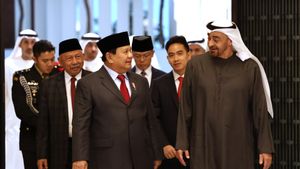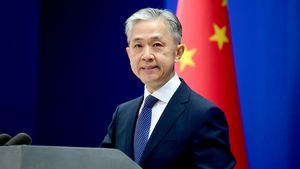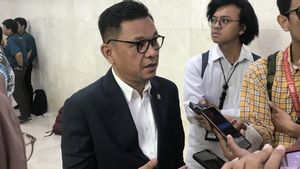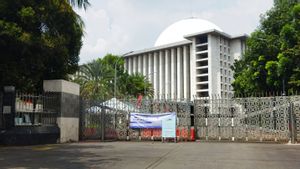
The US military veteran became the first person in the world to make a complete eye change, as well as a facial transplant in the world, after a high-voltage electric accident that caused him to lose his arm and severe facial injuries.
Aaron James, 46, from Arkansas, was working on an electric cable when his face accidentally touched a 7,200-volt electric cable, causing severe damage.
The surgical team from NYU Langone Health in New York, United States has changed James' appearance after he suffered severe injuries to his left eye and left arm, whole nose and lips, front teeth, left cheek and chin to the bone.
Amazingly, surgeons are not only able to reconstruct their faces, they also hope that their vision can be restored as blood flow begins to return to the retina, six months after an initial procedure that took 21 hours last month.
"Aaron is very motivated to regain his function and independence following injury," said Dr. Eduardo Rodriguez, director of the Langone Health NYU Face Transplant Program, reported by The National News December 5.
"We cannot ask for a more perfect patient. This achievement shows our capacity to face the most difficult challenges and drive sustainable progress in the transplant field and beyond."
Previously, the medical team at NYU Langone handled the case two months after the accident in June 2021, during an initial facial reconstruction work at the Texas medical center where James was being treated.
Surgeones had to lift their left eye due to severe pain. They cut their optical nerves as close to the eye's sphere as possible to maximize the chances of successful eye transplant.
Transplanted left eyes have shown signs of health, including direct blood flow to the retina, the area behind the eyes receiving light and sending images to the brain.
"Given that Aaron needs a face transplant and will continue to take immunosuppressive drugs, the risk ratio versus reward for eye transplants is very low," explains Dr. Rodriguez.
"The fact that we managed to transplant our first all-eye with faces is an extraordinary achievement, which many people have long thought about and is impossible to do."
"We have taken one big step forward and paved the way for the next round to restore vision," he said.
Although cinema transplants are relatively common, with thousands being carried out in the US each year, the success of all-eye transplants to restore vision is still elusive due to the complex nature of the organ.
The challenges include neural regeneration, resistance to immunity and retinal blood flow.
Since the eyes are closely connected to the brain through optical nerves, which are part of the central nervous system and are responsible for transmitting visual information to the brain, this is a complicated procedure.
Rebuilding this neural connection successfully is a fundamental requirement for an all-eye transplant to restore vision and one of its biggest challenges.
관련 항목:
James was on the transplant waiting list for three months, before a suitable donor was found in New York.
"The donor hero is a young man in his thirties who comes from a family who strongly supports organ donations," said Leonard Achan, LiveOnNY chief executive, organ procurement organization for the New York metropolitan area.
"He donated a network that led to the success of this facial and eye transplant, but also saved three other people aged between 20 and 70, by donating his kidneys, liver and pancreas," said Achan.
It is hoped that this breakthrough achievement can open up new possibilities for future progress, in vision and related medical treatment.
The English, Chinese, Japanese, Arabic, and French versions are automatically generated by the AI. So there may still be inaccuracies in translating, please always see Indonesian as our main language. (system supported by DigitalSiber.id)

















